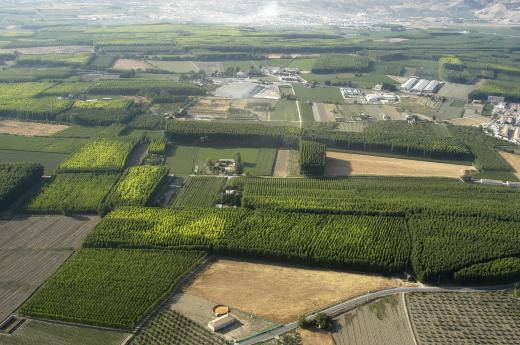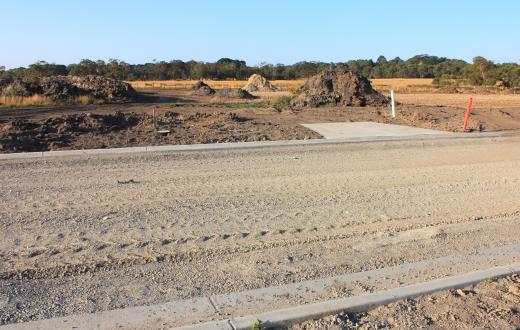A section line is used in land plotting as the means of showing a viewer the distinct property line between two separated land plots. A section line is also used in mass-land survey applications as a means of narrowing down the amount of terrain that must be surveyed at a time. These lines are used to show the surveyor the amount of variance in the elevation or terrain within each section, which in most standard surveys is a measure of 1 square mile (259 hectares). The section line measurements, however, can be determined by the surveyor and as such are not bound to be in any specific dimension.
Section lines can also be used for other purposes. One such example involves using a section line to section off the plots that are to be surveyed in order to plot out townships as they are created or when an existing township needs to be surveyed. In such circumstances, though the determination of measurement is typically determined by the person performing the survey, the general measurement used to keep the easiest point-to-point survey locations is a one-square-mile standard, containing roughly 640 acres. These created grid systems are used to help ensure that the area needing to be surveyed is completed in its entirety, so that the entire process doesn’t have to be repeated if it’s discovered that there was an area left out of the initial survey.

On any survey grid created to produce a township survey, the typical grid consists of 36 sections divided through the use of section lines that evenly divide the area that is surveyed at the time. This was originally done to correct any errors that may have occurred in an initial survey, and to ensure that the same area didn’t occur again in either the same or another location. The design of older grids was extremely rough and completely left to the devices of the surveyor, which proved to be detrimental when townships needed to know how far they could expand in one direction or another.

The use of a section line method for creating square mile grid patterns greatly reduced any confusion that may have been created by a survey that was based on misshapen sections that had no true mileage or dimensional reference. The introduction of section lines made surveying rough or uneven terrain much easier as well. This was made easier because there was then a set standard for how far the scope of each survey point was required to reach.
